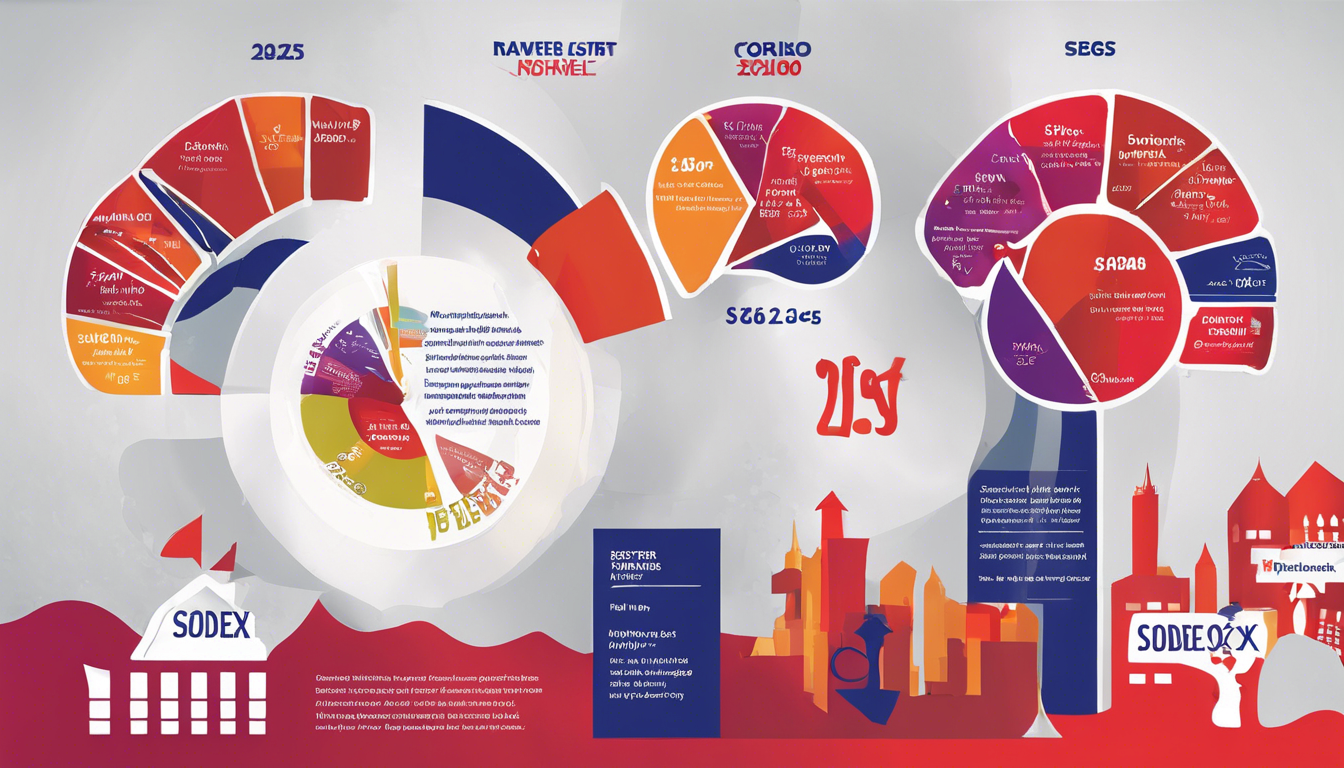As Sodexo navigates a landscape marked by fluctuating market conditions, the French food caterer has issued cautious growth projections for fiscal year 2025, estimating a sales increase of 5.5% to 6.5%.
This follows a robust growth of 7.9% in the previous financial year, driven by a record number of new contracts, including significant wins linked to high-profile events like the Paris Olympics.
While the company anticipates a modest decline in the pace of price hikes and faces challenges such as declining retention rates and potential regulatory headwinds, its strategic focus on securing lucrative contracts positions it for resilience.
In this article, we delve into the factors influencing Sodexo’s growth and the company’s response to emerging challenges.
Key Takeaways
- Sodexo predicts slower sales growth for 2025, estimating a range of 5.5% to 6.5%.
- The company’s growth strategy focuses on new contracts, pricing adjustments, and volume increases despite market challenges.
- Recent challenges include a decline in retention rates, particularly due to the loss of a major contract.
Sales Growth Projections and Key Drivers
Sodexo is navigating a period of anticipated sales growth slowdown, projecting an increase of 5.5% to 6.5% in fiscal year 2025, following an impressive 7.9% growth in the previous year.
This moderation reflects not only the waning impact of post-COVID recovery but also the company’s strategic focus on new contract acquisitions, with a historic milestone of over 1.9 billion euros secured, driven in part by high-profile events like the Paris Olympics and Rugby World Cup.
Notably, the company intends to temper price increases to around 3%, down from 4%, signaling a commitment to balancing pricing strategy with market competitiveness.
However, Sodexo is also contending with challenges, exemplified by a slight dip in retention rates to 94.2%, attributed to the loss of a significant global contract.
CEO Sophie Bellon reassured stakeholders that despite the departure of this key account being atypical, the company’s strategic direction remains robust, even in light of concerns over potential taxation in France that could affect profitability.
Overall, Sodexo’s outlook reflects a cautious optimism, leveraging growth drivers while addressing transitional hurdles.
Challenges and Strategic Responses
As Sodexo seeks to navigate the complexities of its evolving business landscape, the firm acknowledges several challenges that necessitate strategic responses.
The anticipated decrease in retention rates, particularly following the loss of a significant global facility management contract, underscores the importance of strengthening client relationships and enhancing service offerings to prevent further attrition.
Concurrently, the company remains poised to mitigate risks associated with potential new taxation in France by optimizing operational efficiencies and exploring innovative cost-management strategies.
While engaging in proactive contract negotiations and fostering strategic partnerships, Sodexo aims to not only sustain its current growth trajectory but also reinforce its market position against competitors.
With industry dynamics continuously shifting, the company’s ability to remain agile and responsive will be critical to overcoming these challenges and maximizing long-term shareholder value.














